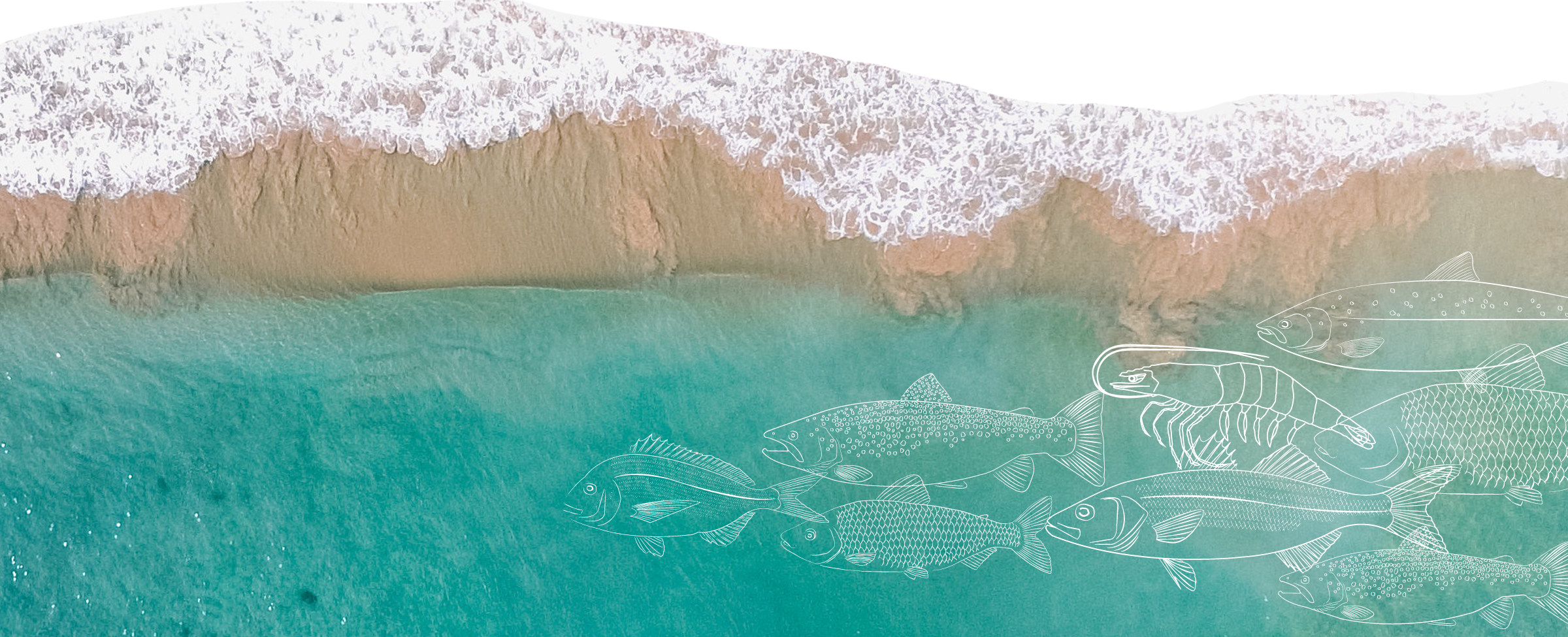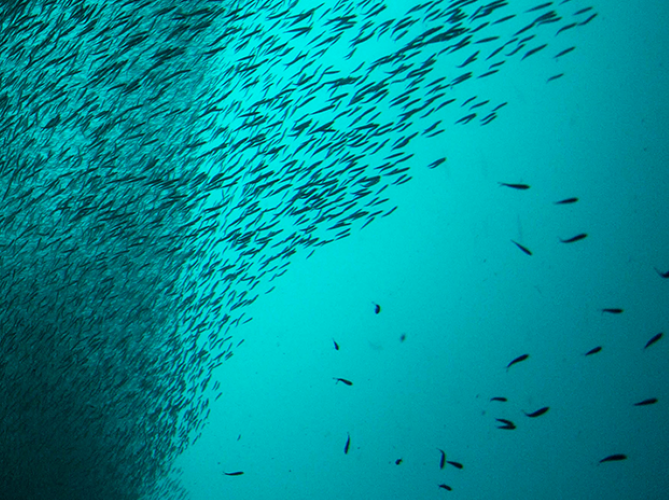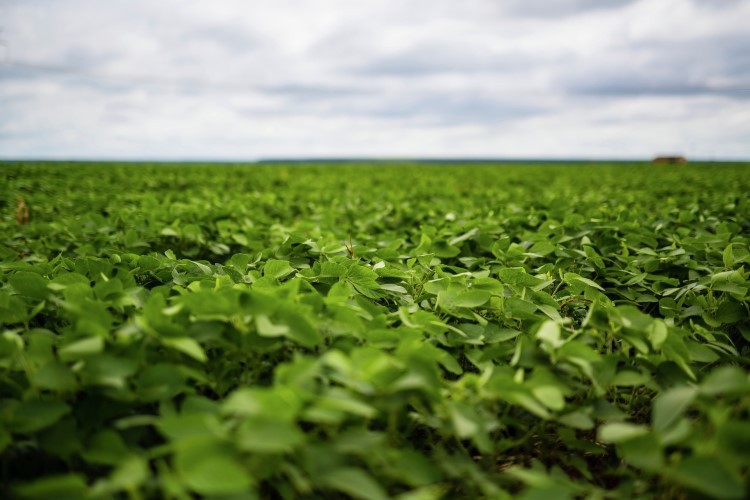
Feed ingredients used to produce farmed fish and shrimp
Like humans, fish and shrimp have specific nutritional needs. These needs vary across species and life stages. Aquaculture feed can contain many different ingredients of vegetable, marine and land animal origin. These ingredients contribute nutrients like protein, amino acids, energy, fatty acids, vitamins and minerals to the finished feed, ensuring the fish and shrimp receive a complete nutritional package. We source our primary feed ingredients from agricultural crops, fisheries and by-products from human food processing.
Our current global feed ingredient usage is comprised of a significant amount of by-products. These are ingredients from the human food processing chain that would otherwise be wasted if not used in the feed industry. Examples can include by-products from processing of fish and land animals, and other materials like brewer’s yeast.
Aquaculture is part of the emerging bioeconomy - comprised of those parts of the economy that use renewable biological resources from land and sea, such as crops, forests, fish, animals and micro-organisms to produce food.
Skretting is involved in many different projects related to the use of by-products, including a research project called SYLFEED, an international and multidisciplinary four-year project aiming to scale technology to convert wood residues into a protein-rich feed ingredient.
We are actively searching for ingredients that will result in more innovative, low emission aquaculture feeds.
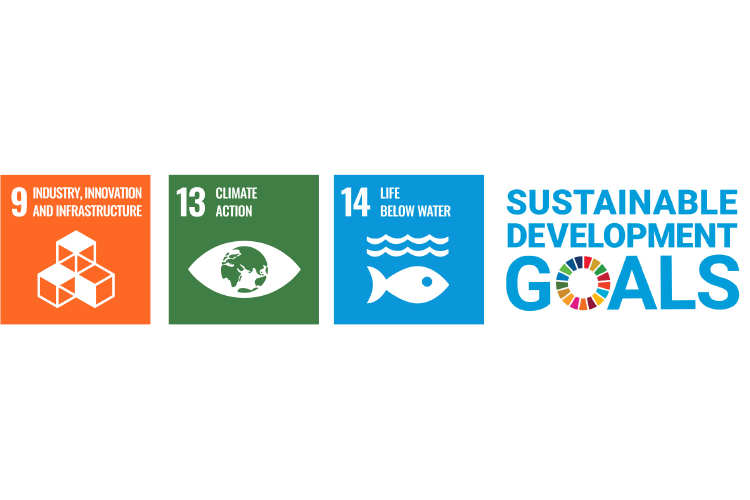
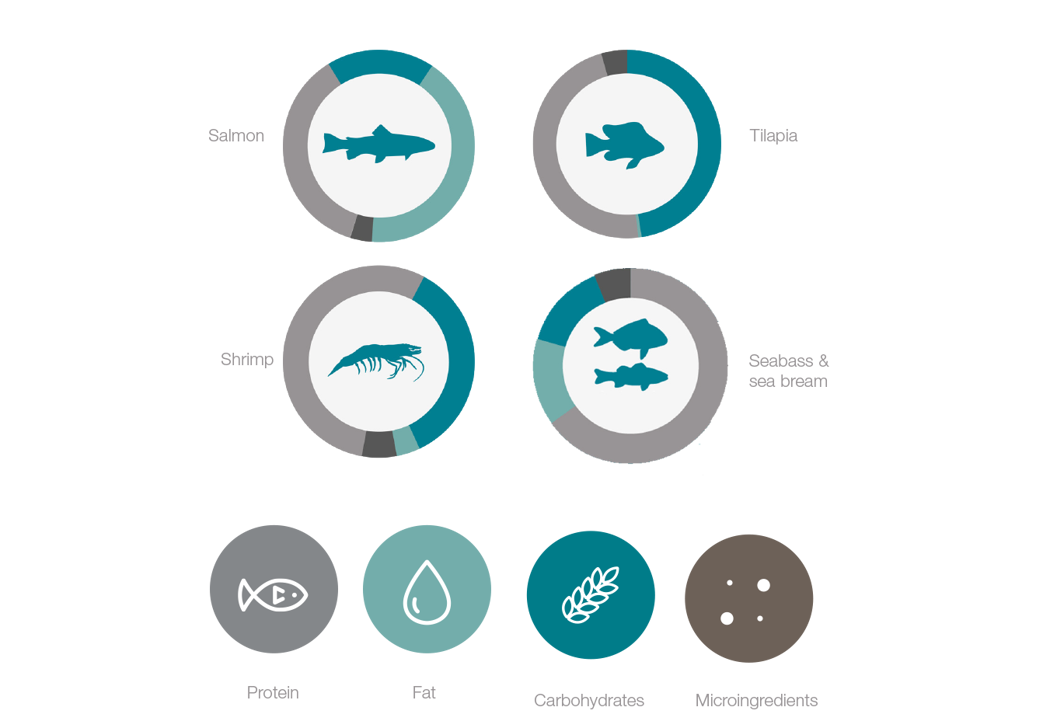
What's in fish and shrimp feed?
We are actively searching for ingredients that will result in more innovative, low emission aquaculture feeds. A reduction in emissions can come through reducing land use, reducing carbon footprint and increased use of products that are not traditionally used directly for food.
Agricultural crops represent the majority of feed ingredients for salmon, shrimp and tilapia. Marine ingredients are also important in salmon and shrimp diets.
Many years of research at Skretting ARC have meant that we can be increasingly flexible in the way that we use ingredients. We consider ingredients as carriers of nutritional components, and with advanced nutritional understanding we are less limited by the source ingredients.
Inclusion of different nutrients in Skretting feed
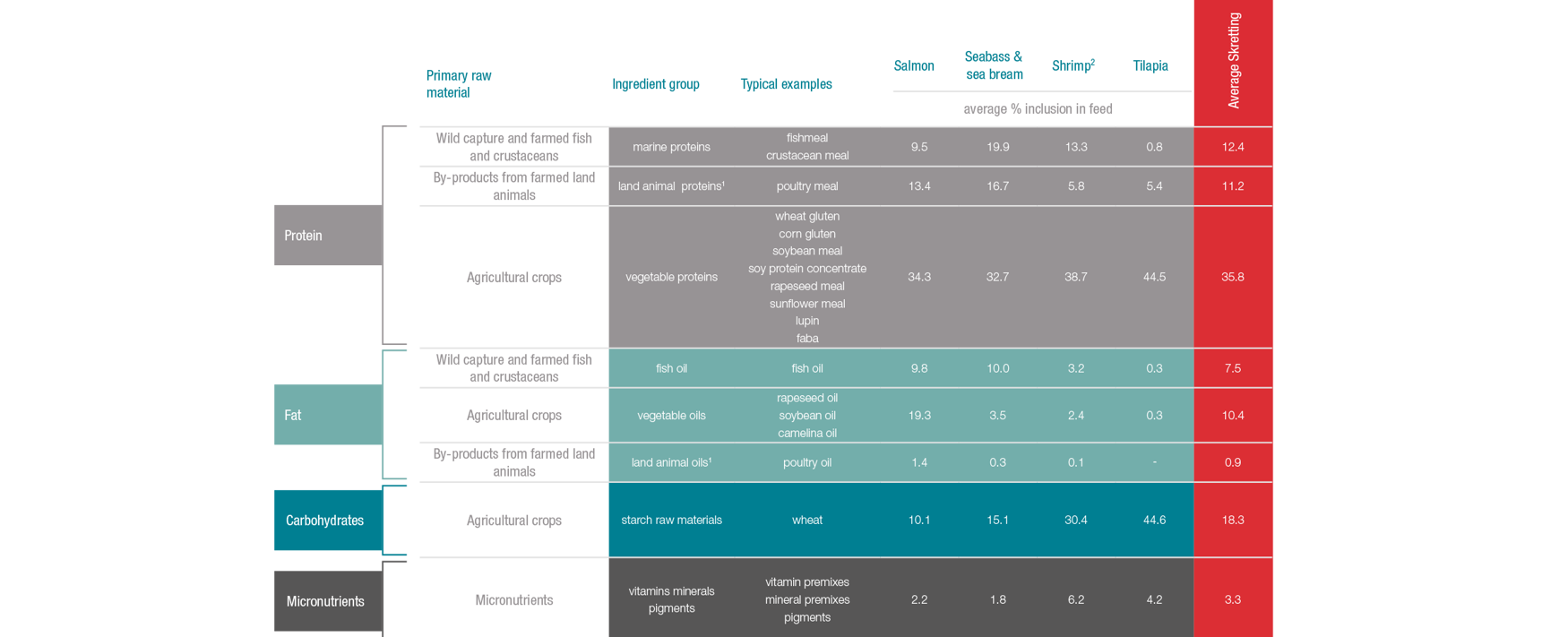
This table gives an overview of the ingredients included in Skretting feeds, together with averaged inclusion percentages.
- Use of land animal by-products will depend upon market acceptance and legislation
- Level of starch raw materials will be different in extruded and pelleted feed
